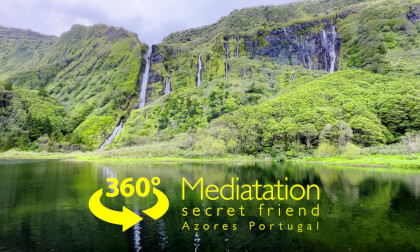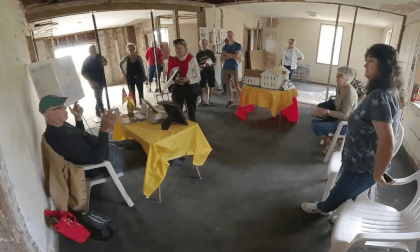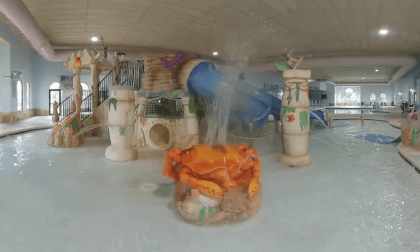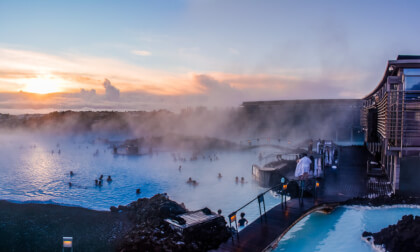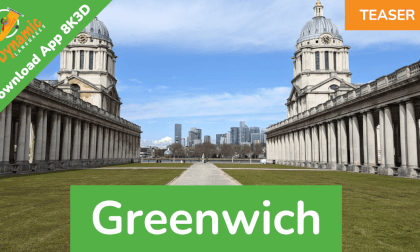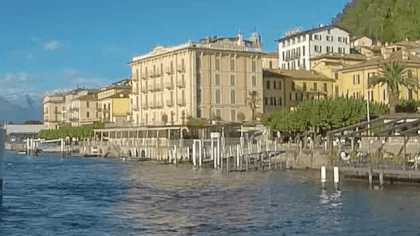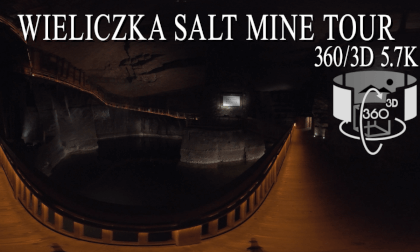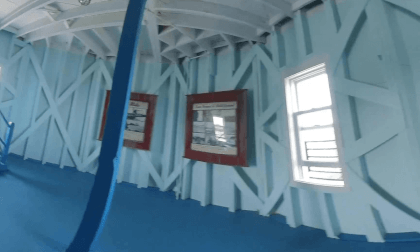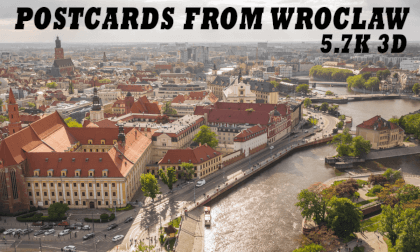New: AI passthrough!
This amazing Deo feature uses the power of AI to turn every VR scene into AR passthrough! Now you can take characters out of VR and have them right there with you - as if they were in the same room.
Notice: AI Passthrough is presently in beta mode, and as such, users may encounter occasional service imperfections. The feature is currently exclusive to the DeoVR app, but it will soon be accessible on both browsers and mobile devices. Your feedback is highly encouraged and appreciated.
Recommended headsets:
Meta Quest 3, and Quest Pro with stereoscopic color passthrough, Pico 4 (monoscopic color passthrough).
Compatible headsets:
Quest 2, Valve Index (monoscopic black and white passthrough).
Passthrough is not compatible yet for Oculus Link cable.
Check out our complete guide to passthrough and join in the discussion at our busy forum.
The Zapský family owned the castle in the second half of the 16th century and their reconstruction was based in Renaissance style. The original gothic walls gave the birth to the typical Renaissance residence with four wings and a central courtyard. From the beginning of the 17th century it was a home to the privy councillor of the Roman Emperor Rudolf II., Andreas Hannewald from Eckendorf. In this period a brewery, gardens, an orchard, as well as a prosperous village with a smithy belonged to the castle. During the Thirty Years’ War Průhonice estate was devastated. It was rebuilt by the Roman Emperor Counsel and knight Antonio Binago and his son Augustin. They owned it in the years 1636-1656. Then it was owned by Jesuits who lived in Průhonice from 1669-1685. In the 18th century the castle was mostly owned by the Des






